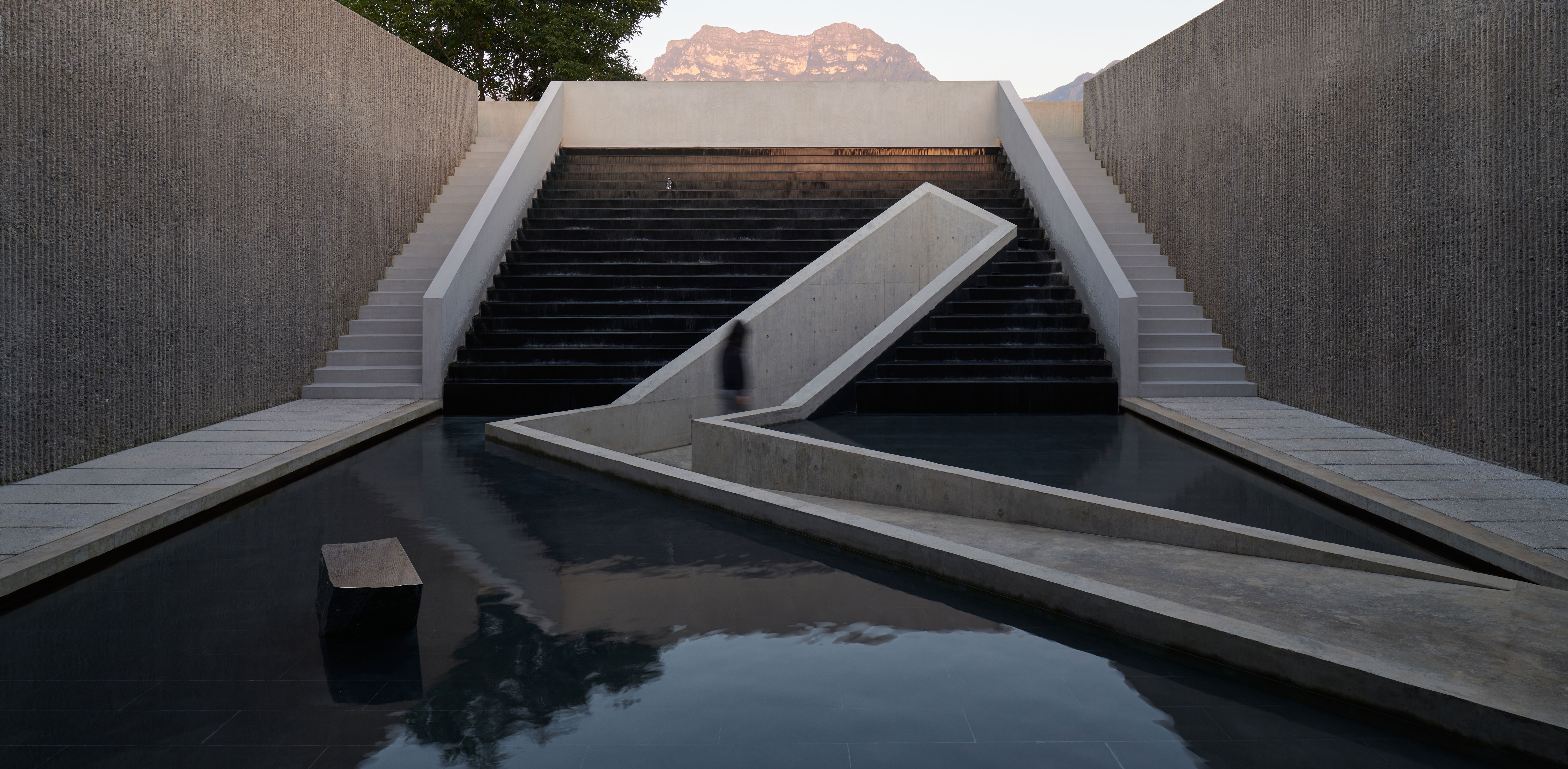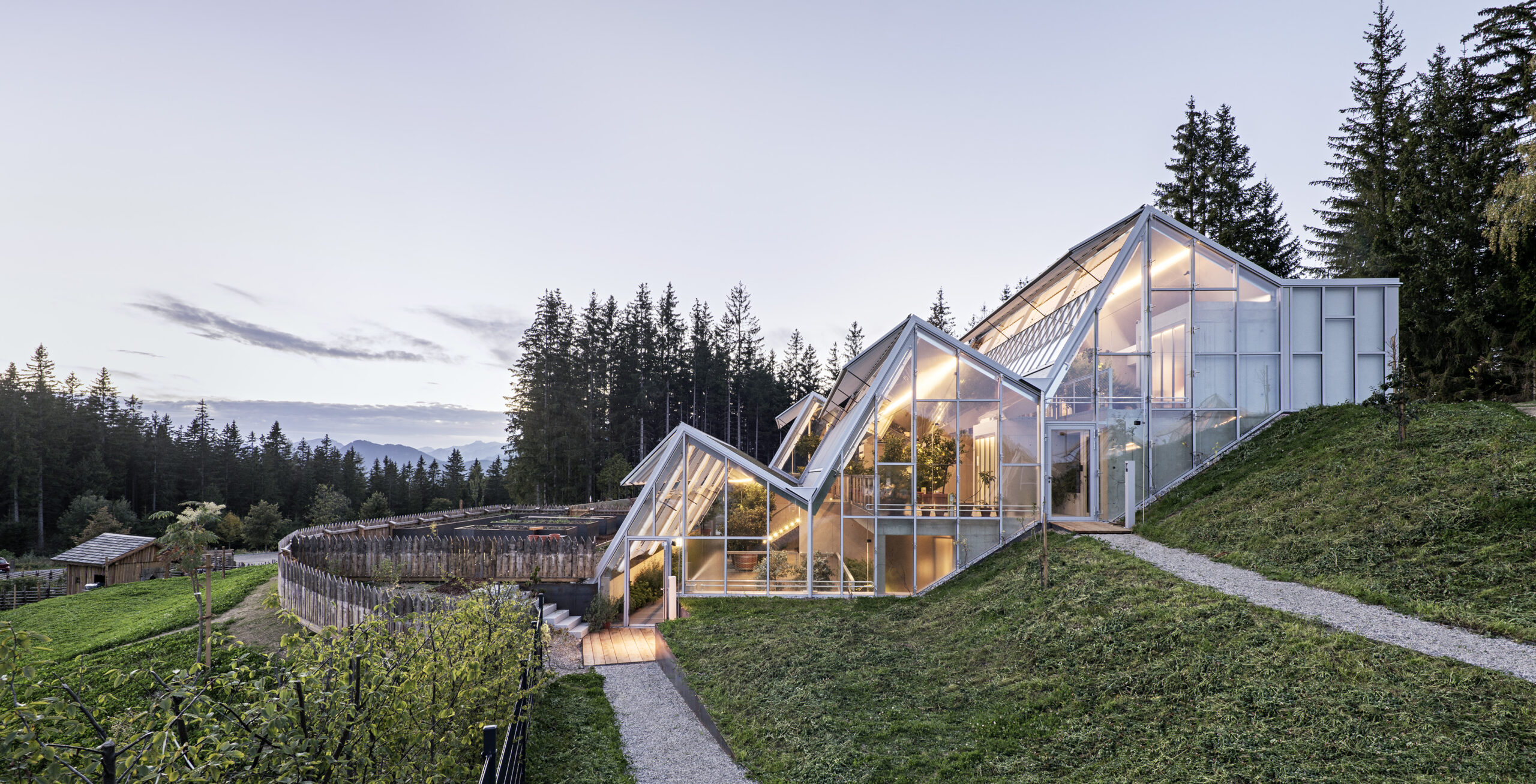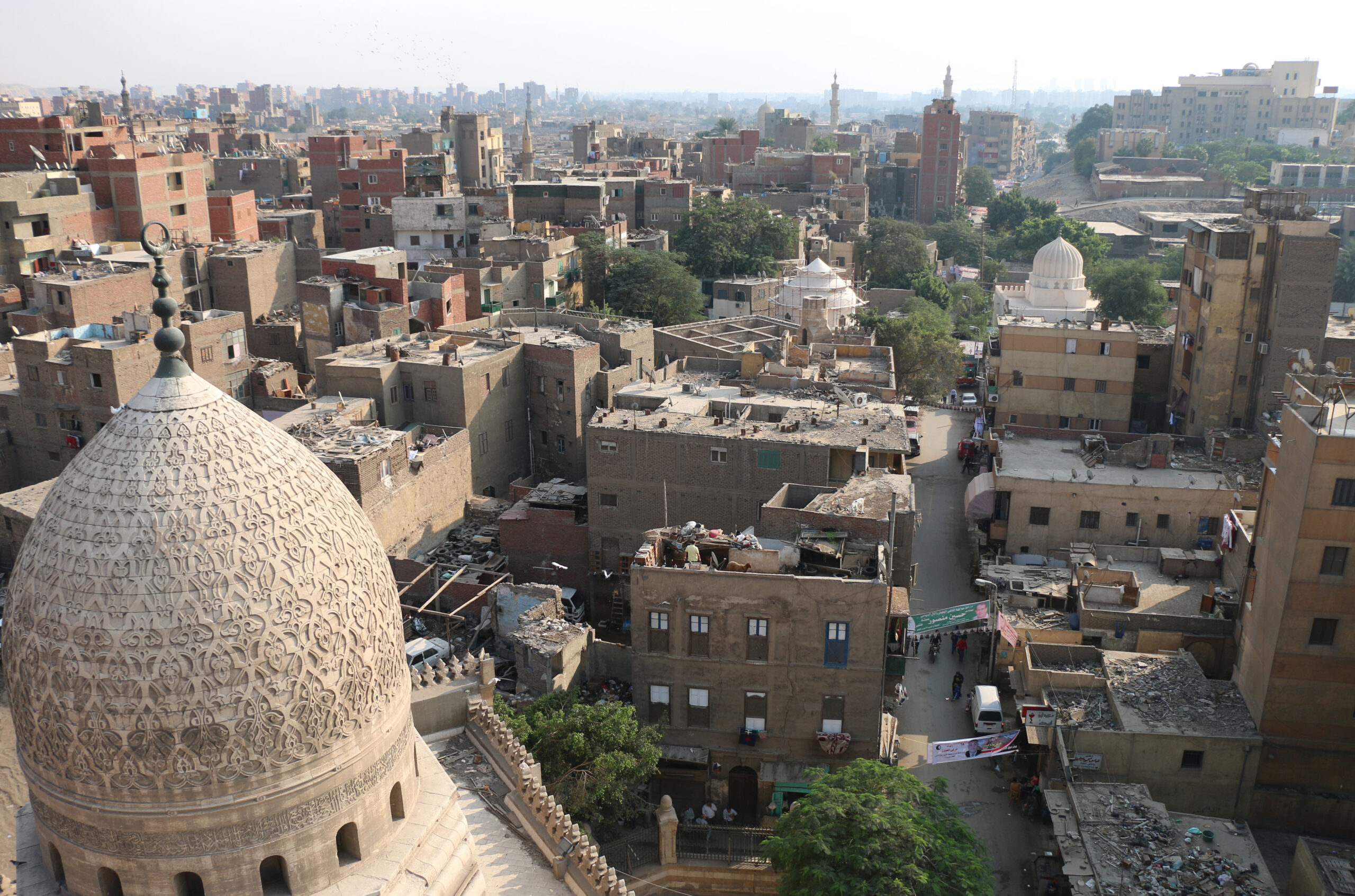Call for entries: The 14th Architizer A+Awards celebrates architecture's new era of craft. Apply for publication online and in print by submitting your projects before the Final Entry Deadline on January 30th!
Founded in 2004 by partners Lyndon Neri and Rossana Hu, Neri & Hu Design and Research Office is an interdisciplinary architectural design practice based in Shanghai. Lyndon and Rossana’s architectural practice extends beyond the traditional bounds of building design; they are master planners, interior designers and the creators of furniture, lighting, objects, and accessories for major brands. Known also for remarkable adaptive reuse projects, such as Lao Ding Feng, as well as the unique takes on heritage preservation, for example in The Relic Shelter, and other projects rethinking private residences for non-nuclear family structures, it’s safe to say that the firm routinely practices outside the box thinking.
For these reasons and more, Neri & Hu were awarded Architizer’s prestigious Firm of the Year Award — which honors firms who deliver exceptional architecture for their occupants and are integral in pushing the boundaries of the profession as a whole — at the 11th Annual A+Awards gala in Paris.
“With their global perspective, the firm has played a pivotal role in establishing China as a new design power. Through the design republic concept store, they’ve also helped hundreds of brands grow their presence in China and worked passionately to educate the next generation of architects, both in China and abroad,” observed Philippe Brocart as he presented the firm’s award. He added, “Beyond their design talent, they are also exceptional people. Spending just few minutes with them, you can see their incredible warmth and energy, which I think contributes to the success of any design practice or client relationship.”
The following interview with Lyndon and Rosanna honors the firm’s achievements, offering an opportunity to reflect on all their success and what’s next:
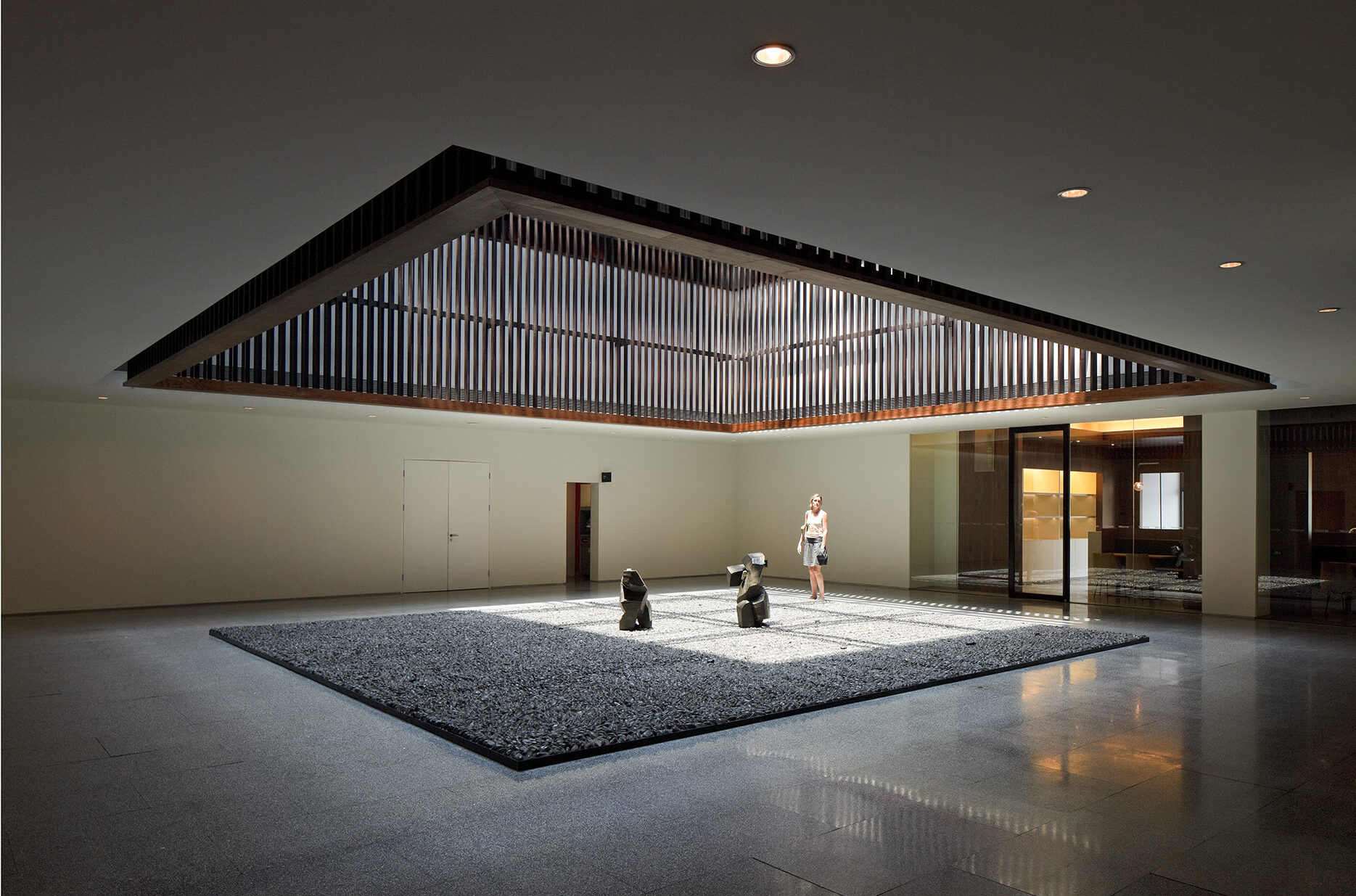
Xi’an Westin Museum Hotel by Neri & Hu, Xi’an, China | Photo by Pegenaute
Architizer: Tell us a little about your story — how did you get started? How did your firm grow?
The move to China was propelled by a project in Shanghai when Lyndon was still with Michael Graves. The client requested to have Lyndon’s physical presence there for a short stay, the short stay led to a long stay, and we realized how much we could contribute and be a part of an exciting era for Chinese architecture, so we made the move. Rossana’s father was from Shanghai, and she felt it was a personal coming-back-forth circle for her to move back and to practice in Shanghai. So, in 2004, we started our own studio.
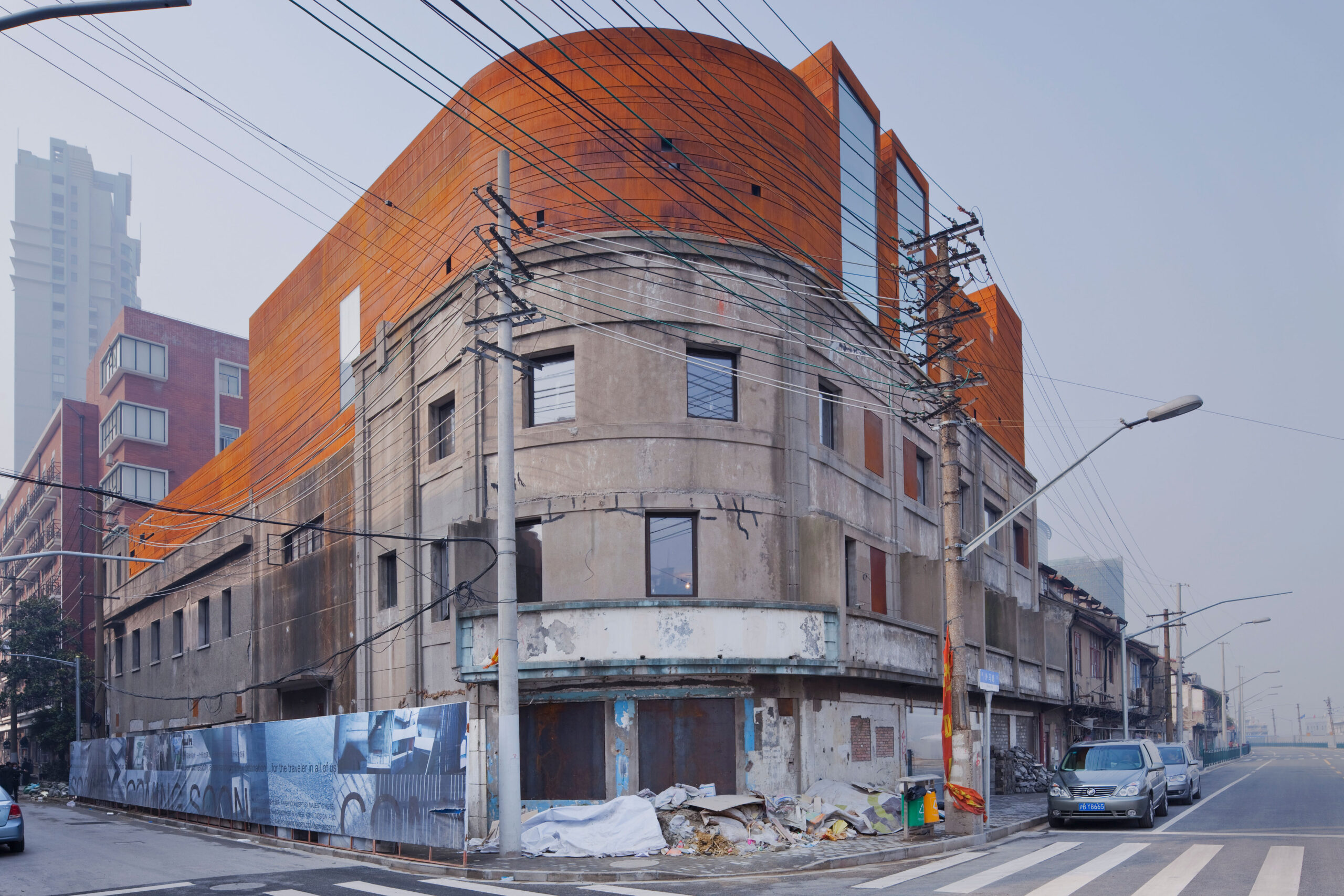
Waterhouse South Bund by Neri & Hu, Shanghai, China
Looking back, which of your projects do you feel was the most significant to the firm’s development and why?
It is Waterhouse at South Bund completed in 2010, our first architectural project. This project questions the typology of a hotel, how one interprets notions of “home” and domesticity in a foreign environment, and how to give meaning to the experience of a traveler. In response to adapting the original structure, a Japanese army building from the 1930s, we exercised restraint in the restoration process by resisting the impulse to cosmetically fix every flaw, intentionally leaving portions of walls crude and exposed, at times even encasing raw wall sections and details behind a glass shield to convey the archival treatment of a museum display. Drawing from the rich experience of a typical Shanghai longtang alley where true privacy does not exist, we challenged conventions of inhabitation, notions of comfort and the boundaries between public and private.
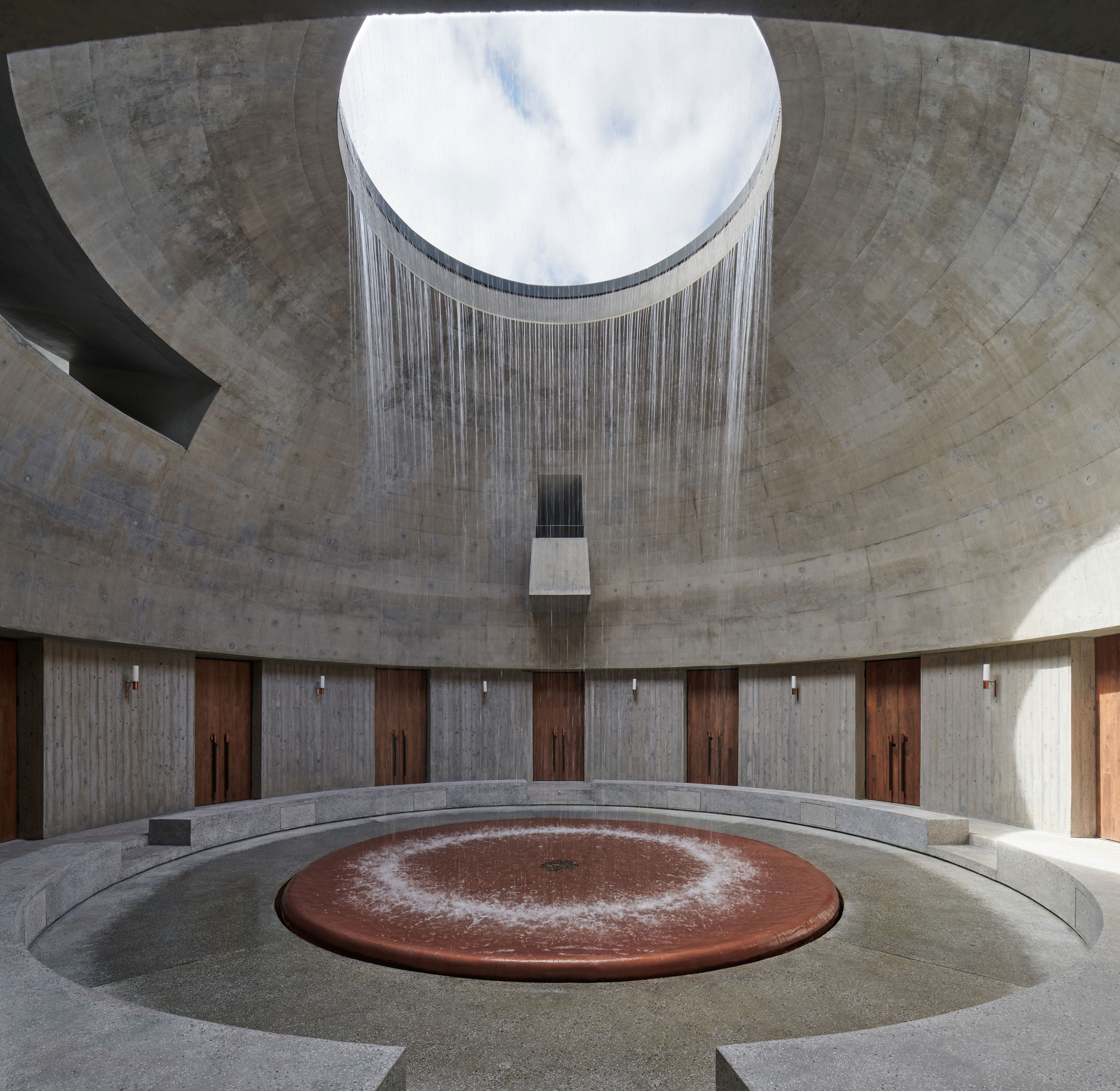
The Chuan Malt Whisky Distillery by Neri & Hu, Emeishan City, Leshan, China | Photo by Chen Hao
In what ways do you feel your firm’s unique cultural and environmental context has shaped its evolution?
Since we started our own studio in Shanghai, we’ve witnessed the rapid growth of China in the past 20 years. However, overbuilding is also quite common. Especially in Shanghai, old buildings and cultural relics are constantly being demolished to make way for new ones. Everything is happening so fast, and we were not very critical about what we were doing.
We live in a time where we are gripped with fear and uncertainty. We are in a state of mind where we are just coming out of the pandemic that has paralyzed our economies, communities, design exchanges and dialogues the last three years. More than this pandemic and the fear of what was once a deadly virus, we live in a time where country borders are more paranoid than ever. Many countries have started to look inward and fervent nationalism has taken over at the expense of many years of global exchange and communication. This sentiment of fear has creeped into our society including the design community. We are resorting back to living under the guidelines of a broken world that we inherited and destroying all the advances we have made over the last 50 years.
It is precisely because of this global condition that a platform like Architizer become even more important and relevant for all of us within our profession. To have a platform for us to have this dialogue, to have this conversation, to understand each other through the exchange of ideas and sharing of culture.
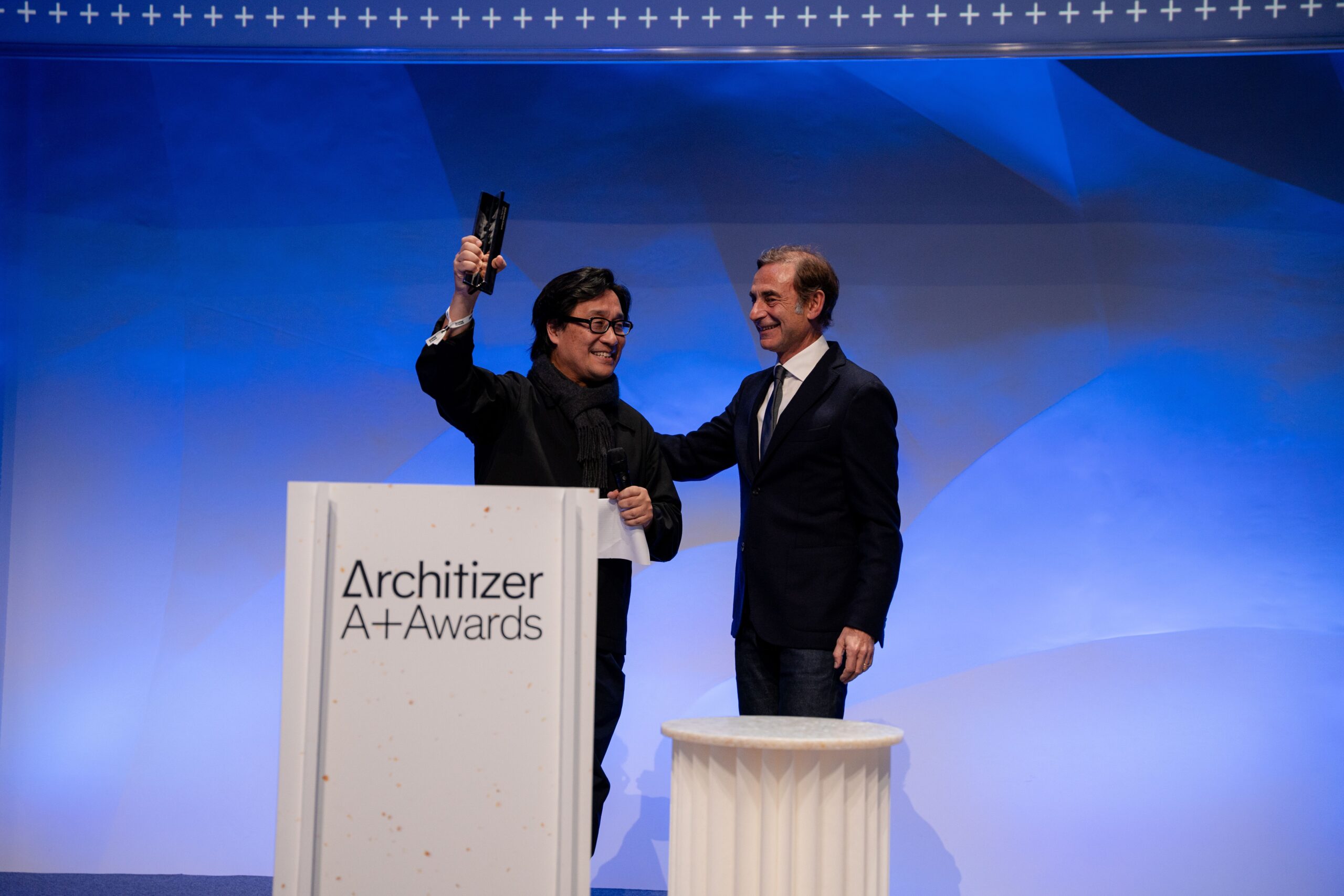
Photo by Thiefaine Tiffeneau
What does winning Architizer’s Firm of the Year Award mean to you and the firm?
It is truly an honor to be given this award and we do not take lightly the responsibility bestowed upon us with this recognition. We also want to take this opportunity to encourage other creatives in Asia to believe in their voices be it individual or as a collective.
This award is a reflection of 18 years of hard work and our persistent obsession initially in response to the rapid demolition of the city we live in and practice but ultimately it became a response to the bigger global problems of climate change, adaptive reuse and racial equity in architecture and design. We are truly honored and humbled.
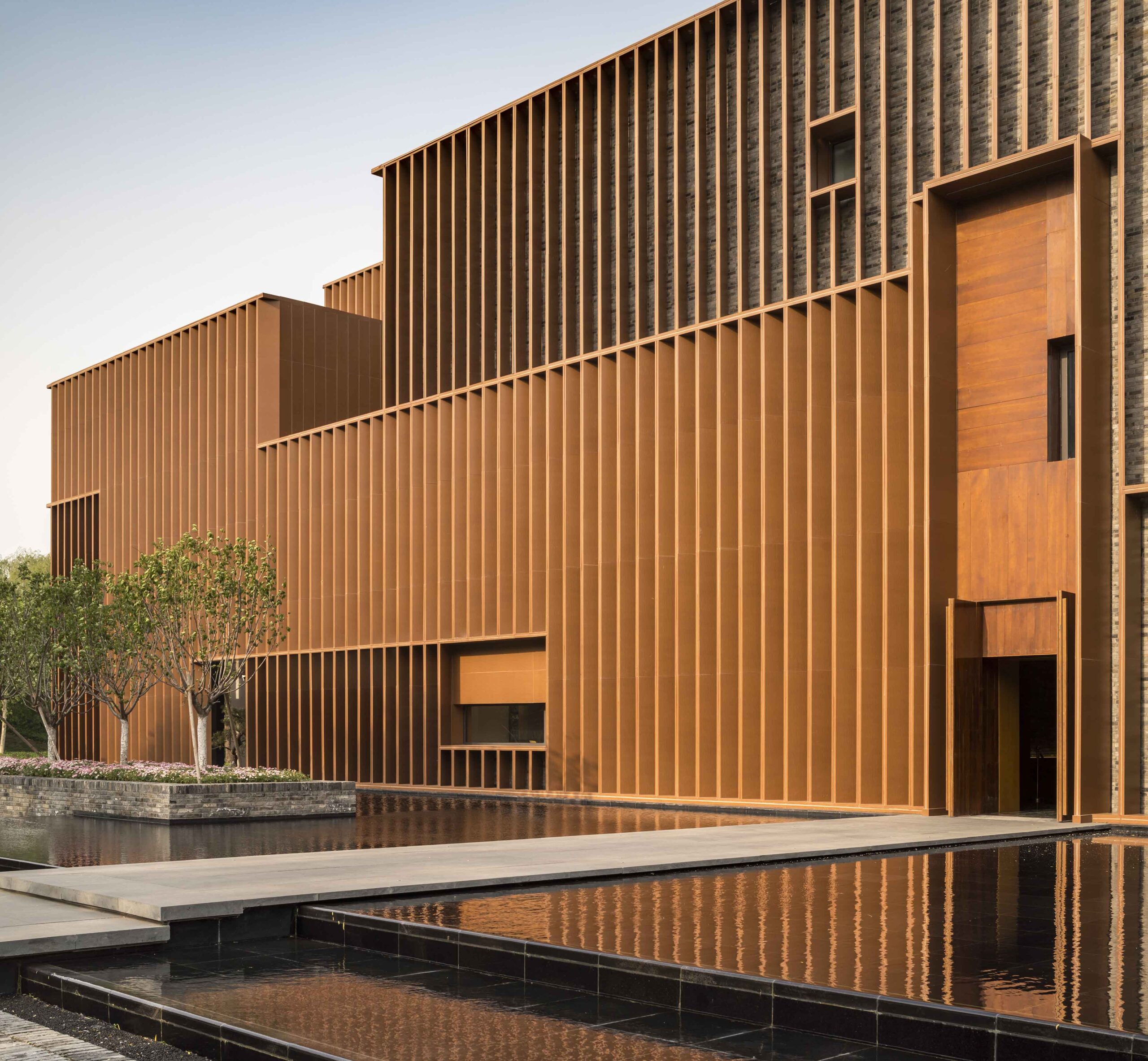
Junshan Cultural Center by Neri & Hu, Beijing, China | Photo by Pedro Pegenaute
If you had one piece of advice to offer the next generation of architects, what would it be?
Architects should try to balance the many things they are involved in, and be conscious of the social responsibilities of what they do. They need to think deeper into the questions of building and city beyond just scratching the surface. It’s never about style. It’s never about a look. It should always be about meaning. To break out from the traditional mode of architecture as a practice and think outside of the box.
Call for entries: The 14th Architizer A+Awards celebrates architecture's new era of craft. Apply for publication online and in print by submitting your projects before the Final Entry Deadline on January 30th!
